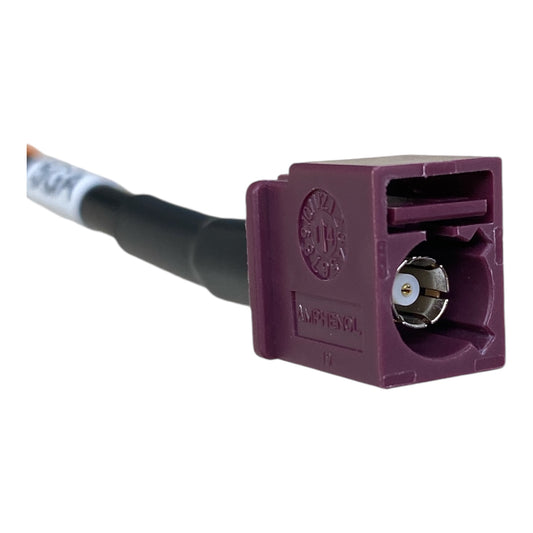Q: When I connect the cable and outside antenna to the repeater, the signal on the site survey is a little lower than when I have both rubber duck antennas connected. Shouldn’t it be higher?
A: This is not unusual and not an indicator of a problem with your equipment. There are a couple of reasons for this, including signal loss in the coax cable (especially if you have a very long cable) and positioning of the outside antenna vs the rubber duck antennas. Please keep in mind the design of our repeater kit is to allow you to pick up a WiFi signal when it is being blocked by other obstacles near you, such as other RV’s parked nearby. In this type of situation, having the outside antenna up above these obstacles where it has a clear line of sight to the source WiFi signal is more important than overall signal strength. It is possible to have a stronger signal being registered when using only the rubber duck antennas, but when you try to actually use the WiFi connection, it will be very slow because the signal is still having to penetrate through obstacles around you. This is due to the actual data that is “riding” on that signal being unable to penetrate the obstacles between the rubber duck antennas and the source WiFi (this includes the walls of your own RV). Using the outside antenna, even though it may have a slightly lower signal, you will find that your connection is faster and more stable as there are no obstacles to prevent the flow of data between you and the source WiFi.
To further elaborate:
Wireless signals generally have two components, 1. Signal Strength and 2. Throughput
1. Signal Strength is the number you see on your site survey. This is an overall number that the repeater derives based on the strength of the “carrier” signal it is receiving. This “carrier” signal does not actually carry any data.
2. Throughput is the amount of data that a “carrier” signal can “carry”. With Wifi, the frequency is very high (2.4Ghz) and higher frequencies do not penetrate through solid obstacles very well. Although you may be able to pick up the signal, when you try actually use the signal to carry data, the load of the data is not able to make it through the solid obstacle that is in the way. You will get your best throughput when you have a perfect line of sight, with no obstacles in the way to prevent the signal from carrying the data. As you add more and more obstacles (trees, other RV’s, your own RV walls), you will still get a signal, and you may be able to get data to flow, but it will be much slower and unstable due to low throughput caused by these obstacles.
In summary, to get the best performance, you are looking for the best combination of signal strength and throughput. This is accomplished, most importantly, by a good line of sight by putting your outside antenna up and “in the clear”. Don’t just focus on the signal strength numbers alone.



